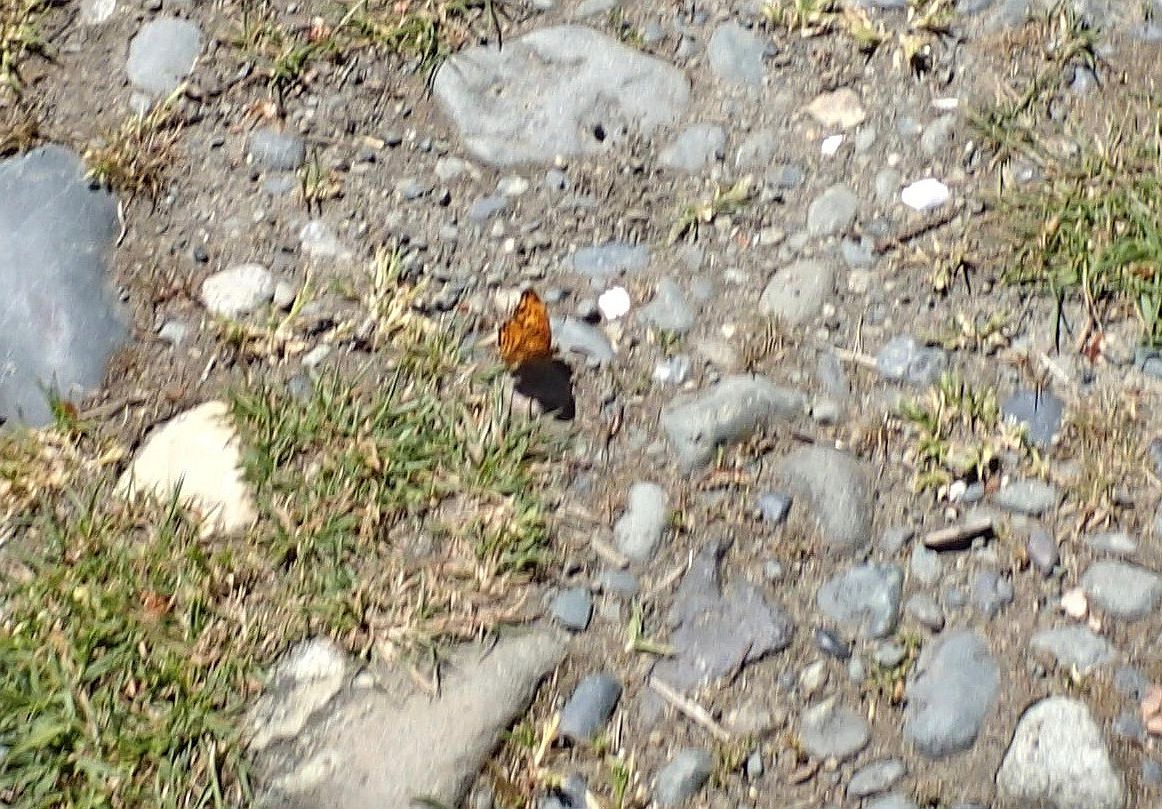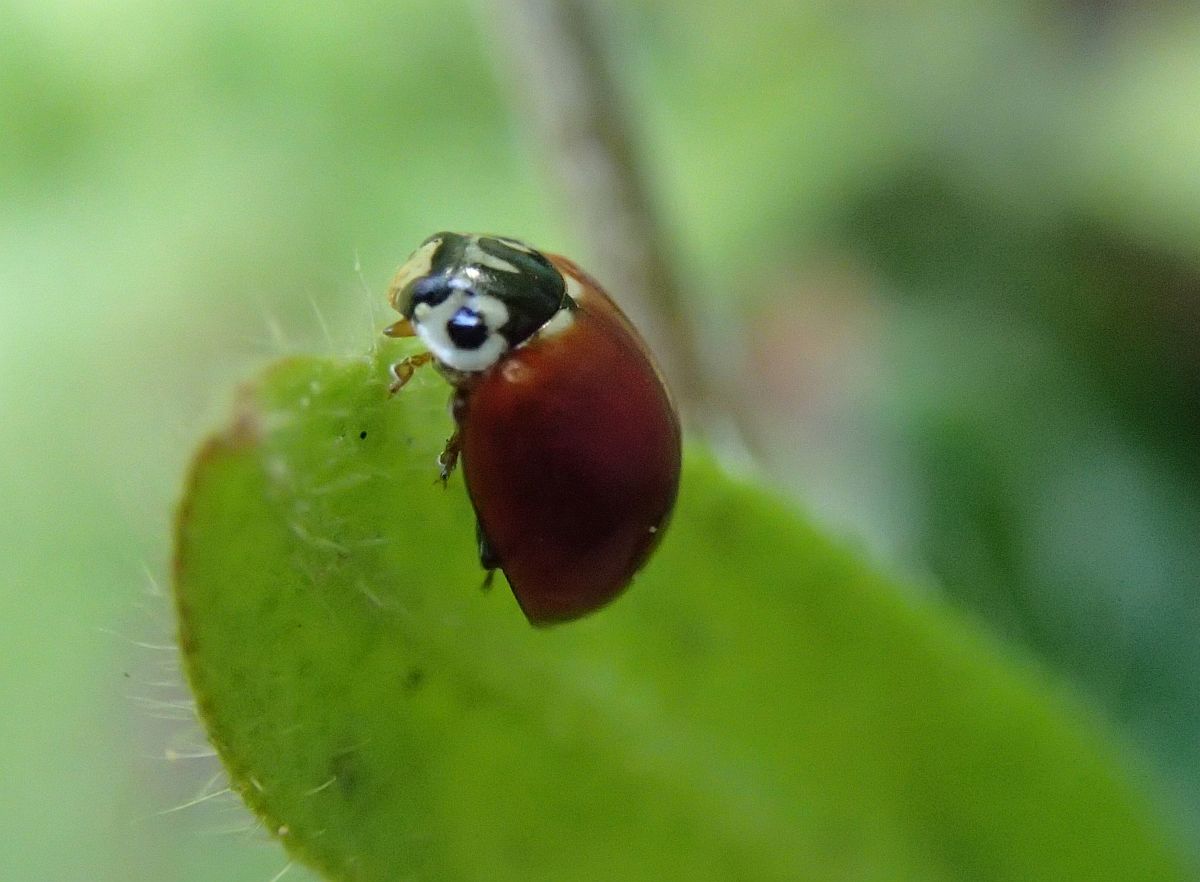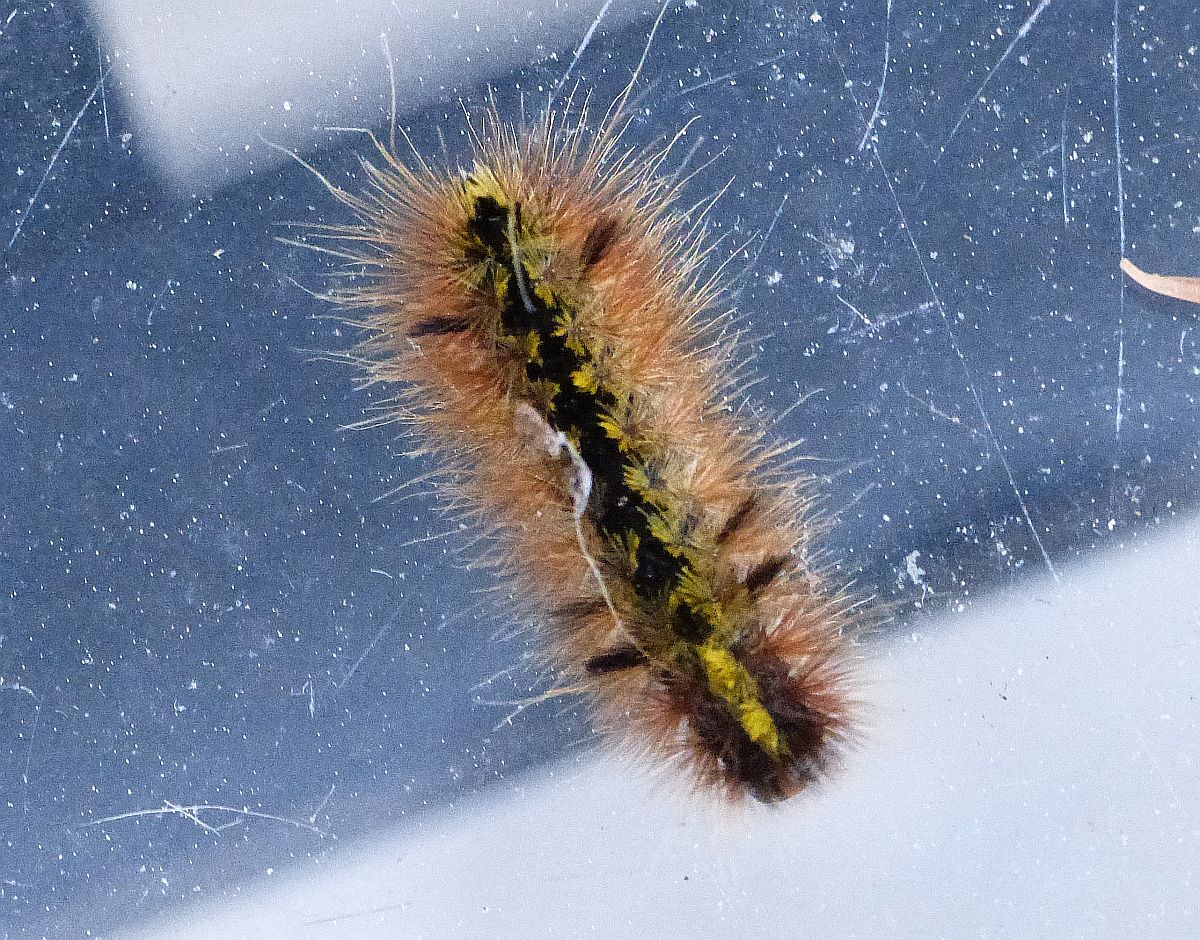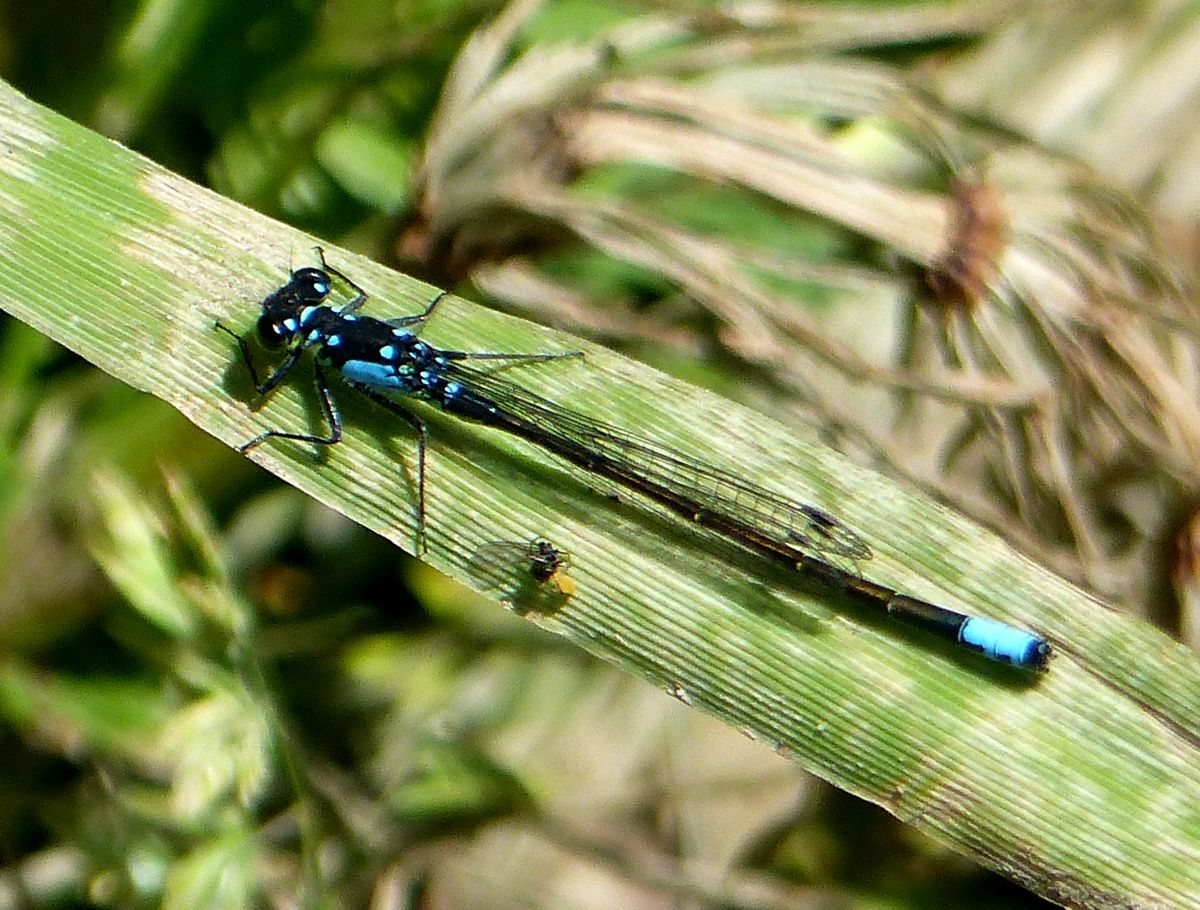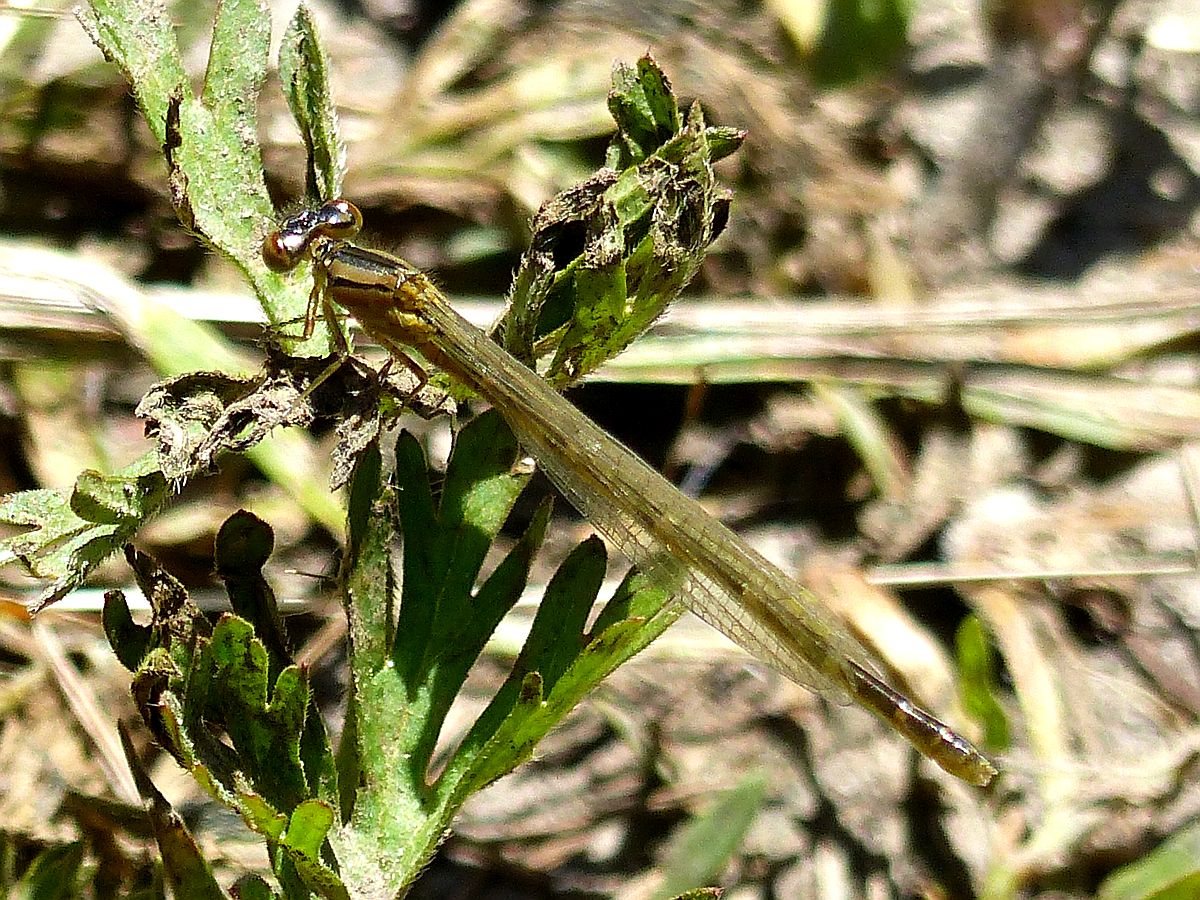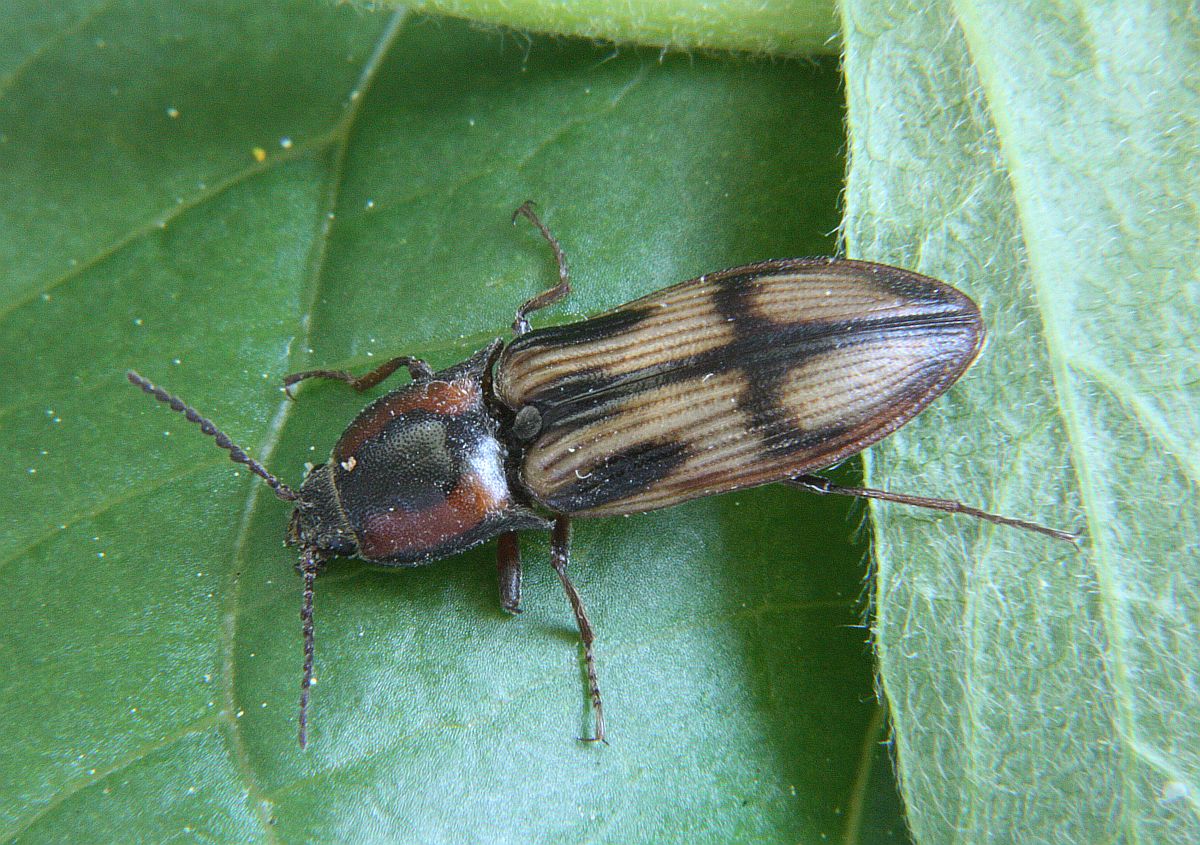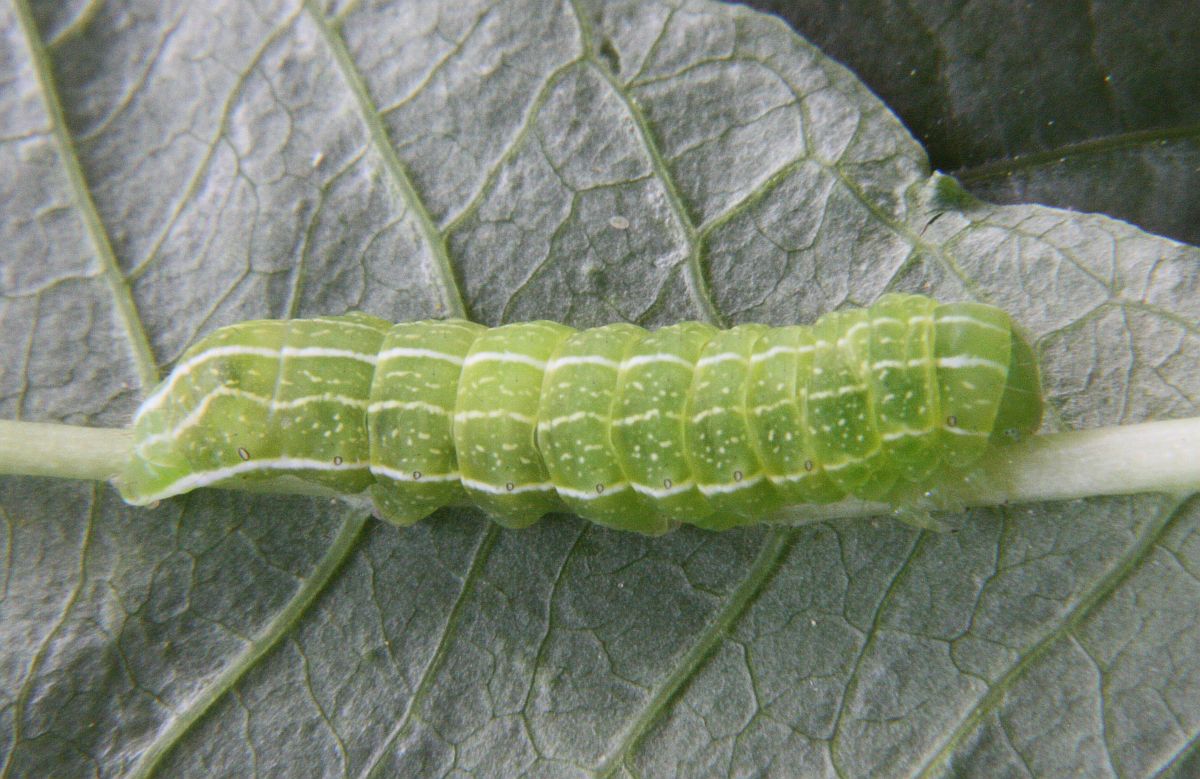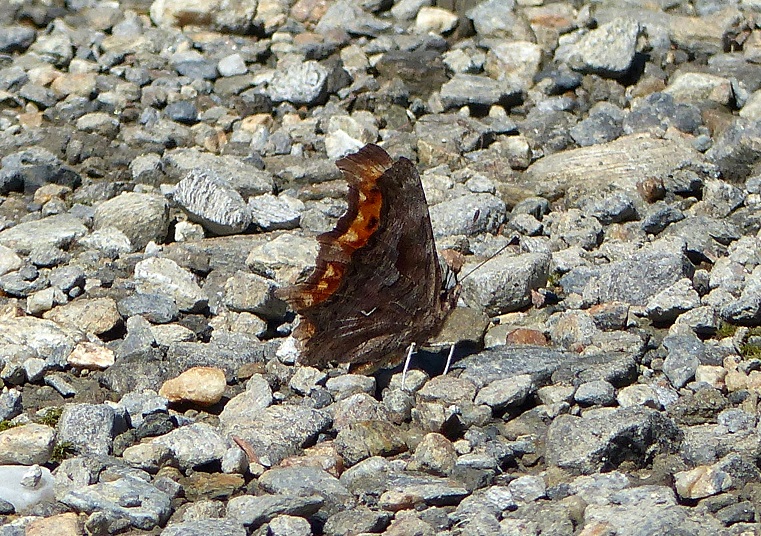2018 May 16 morning
We have had a few bees in the queue for a while. Thanks to Claudia Copley and David Blades for identifying them for us.

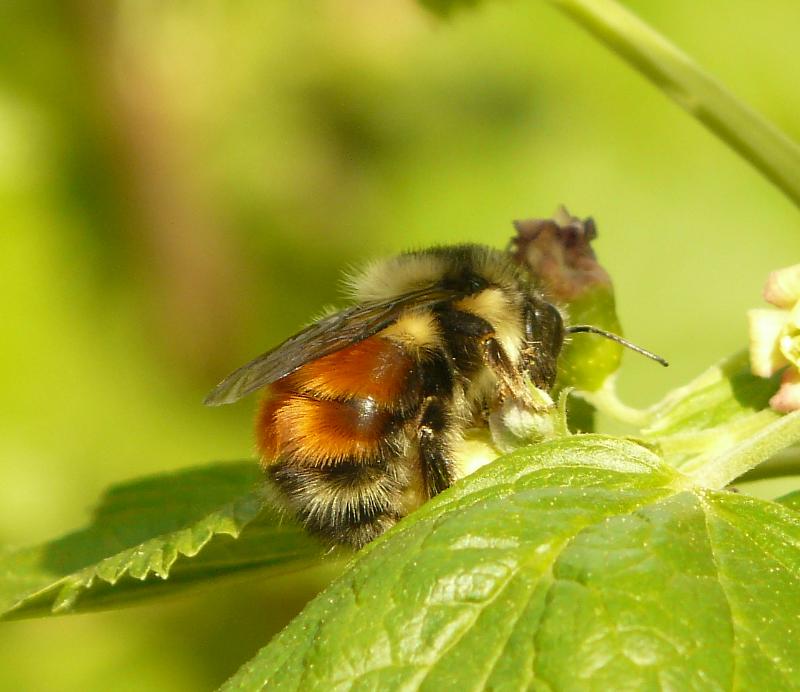
Bombus melanopygus (Hym.: Apidae) Annie Pang

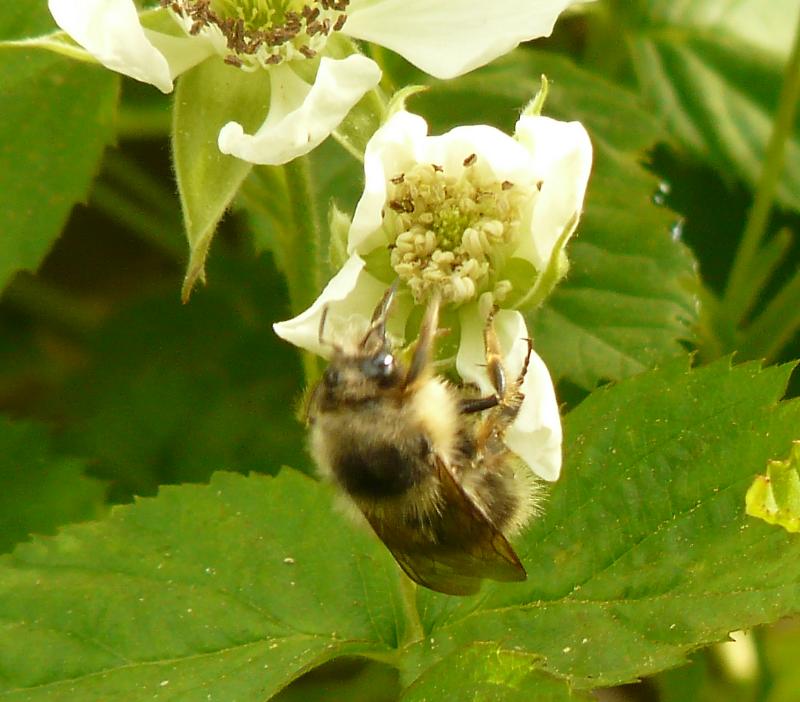
Bombus sp. (perhaps mixtus) (Hym.: Apidae) Annie Pang

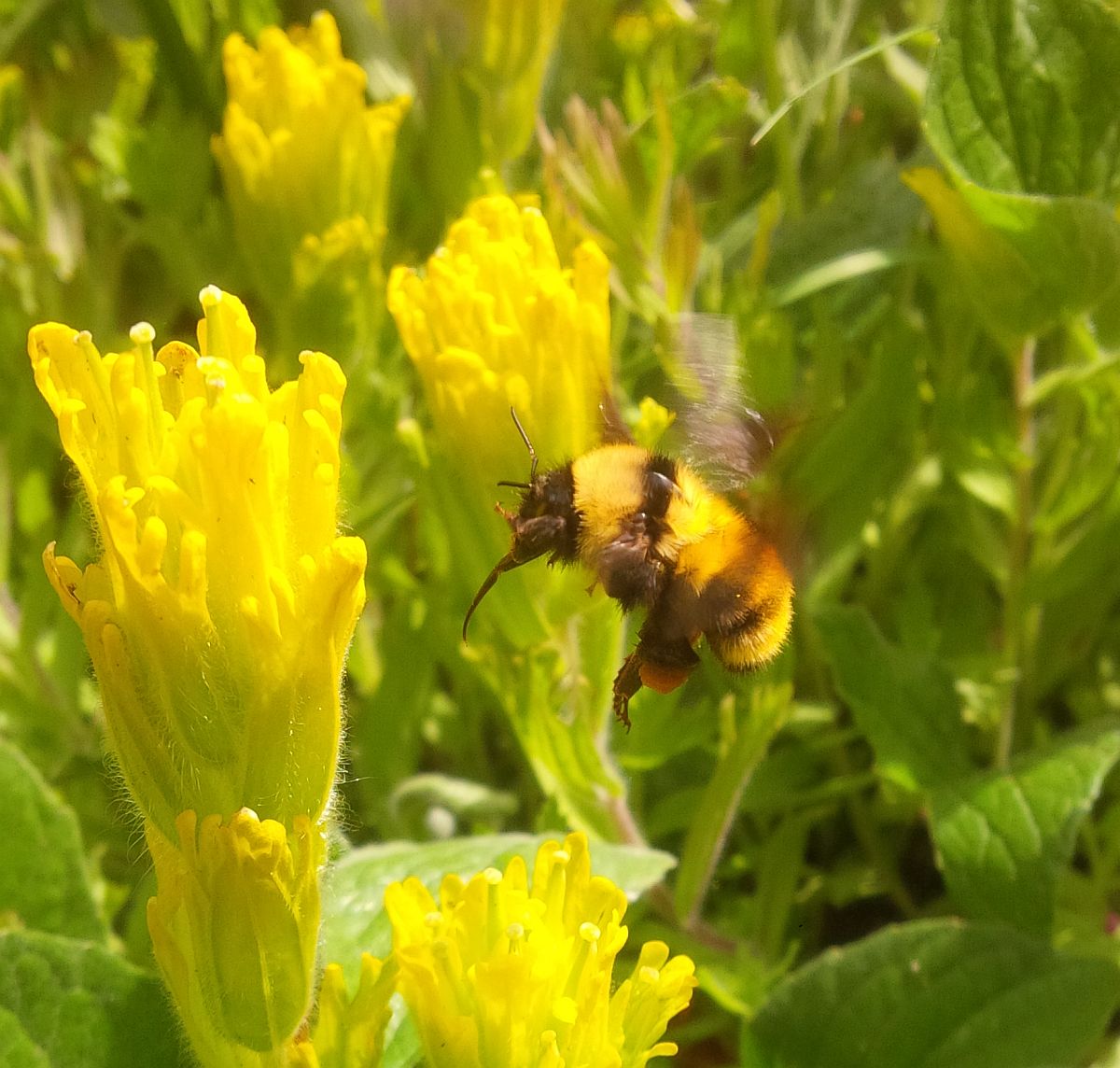
Bombus fervidus (Hym.: Apidae) Nathan Fisk

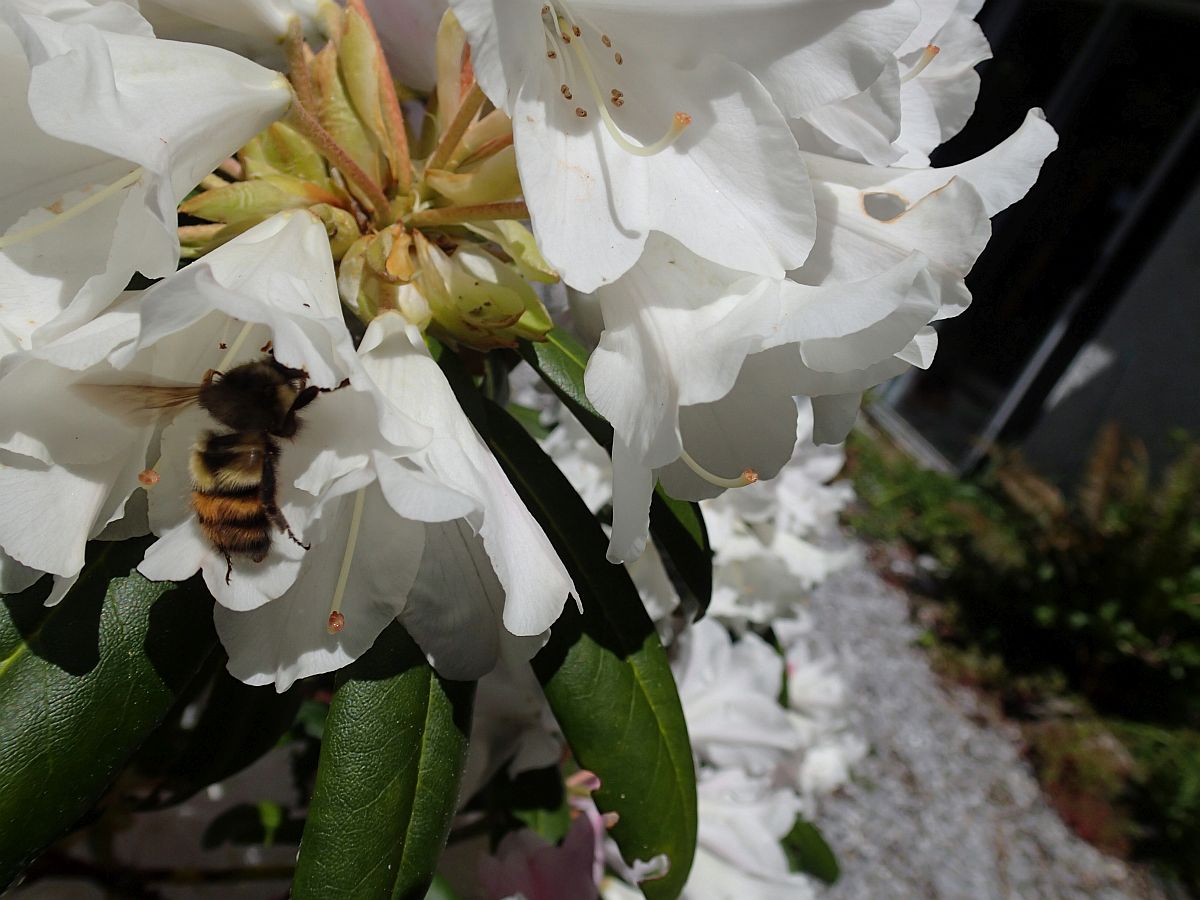
Bombus flavifrons (Hym.: Apidae) Rosemary Jorna
Mike Yip writes from Nanoose Bay: I haven’t done much butterflying but have a few photos to share. While photographing eagles on Denman Island last week I made a brief Editha (“Taylor’s”) Checkerspot stop and found one in the first minute, but didn’t see another for the next 15 minutes of looking. On the way home I stopped at Little Mountain hoping for the Oreas Comma seen and well photographed by Mark Wynja but had to settle for an obliging Pale Tiger Swallowtail instead. Yesterday I checked Cross Road and saw the usual Western Tailed Blues, Western Brown Elfins, Grey Hairstreaks, and the big surprise was an Arctic Skipper which is new for the area. Disappointing that there have been no signs of the Western Pine Elfins this year. In my yard today I finally caught up with the small brown butterfly that had been tormenting me for the past four days. I saw it land about 15 feet up a cedar tree and was able to get a record shot with my bird lens – you guessed it – Cedar Hairstreak.

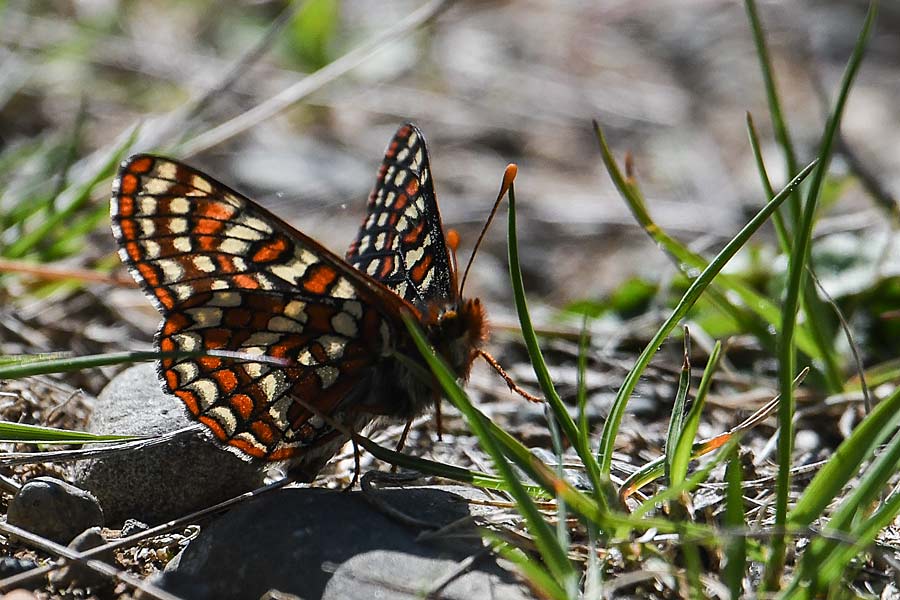
Editha (“Taylor’s”) Checkerspot Euphydryas editha taylori (Lep.: Nymphalidae) Mike Yip

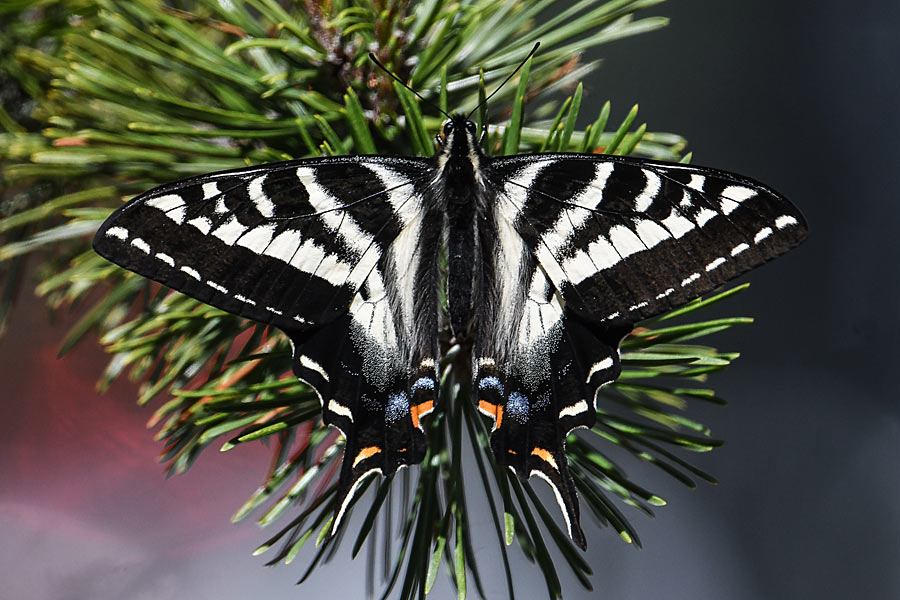
Pale Tiger Swallowtail Papilio eurymedon (Lep.: Papilionidae) Mike Yip

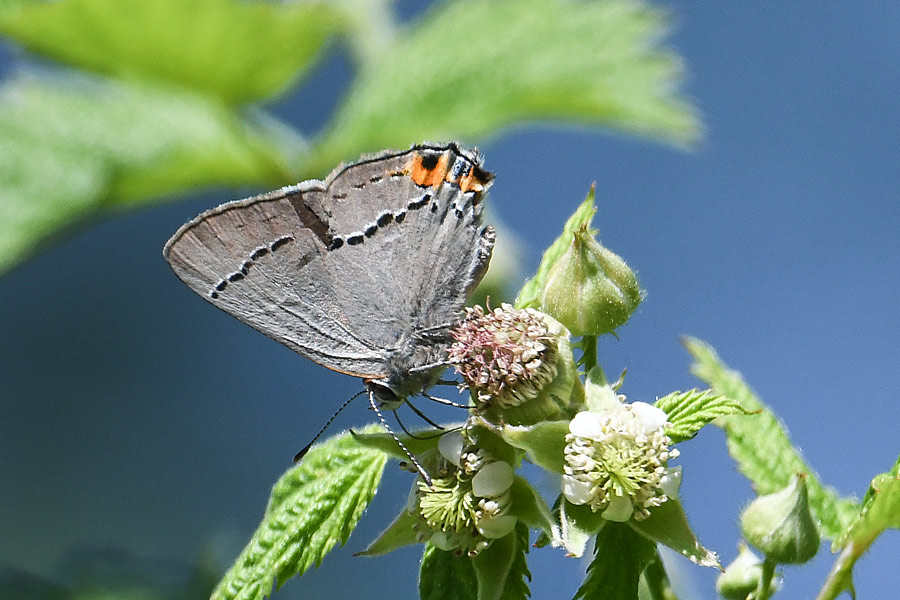
Grey Hairstreak Strymon melinus (Lep.: Lycaenidae) Mike Yip

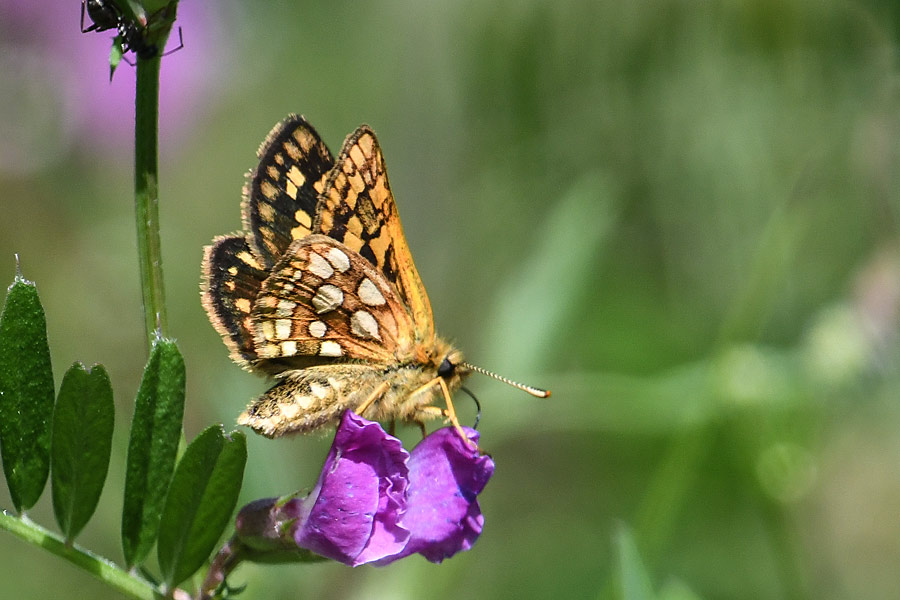
Arctic Skipper (also known as Chequered Skipper) Carterocephalus palaemon (Lep.: Hesperiidae) Mike Yip

